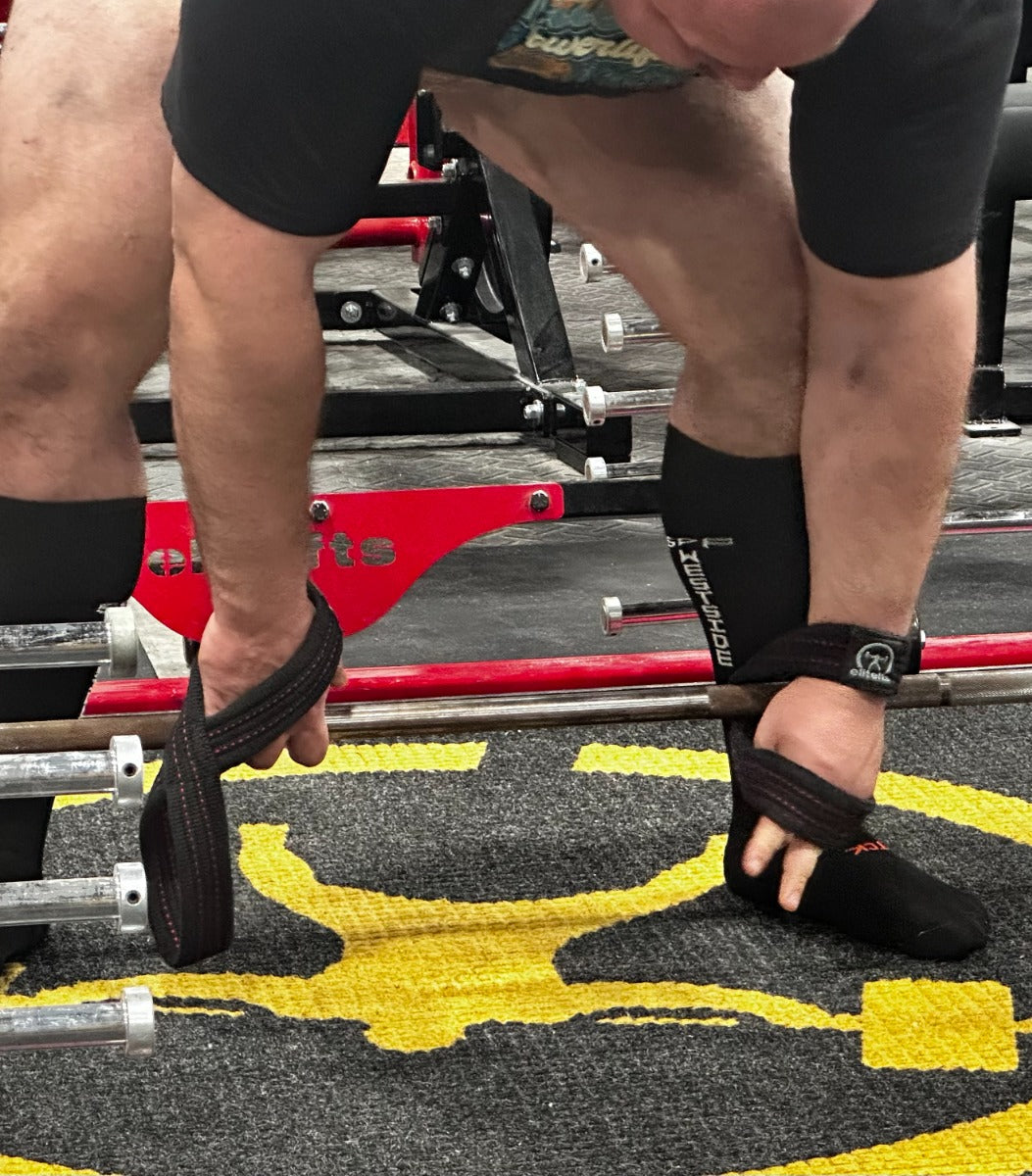We’ve spent the better part of the last few coaching logs trying to differentiate muscles function from a muscles action. Defining function as to how a muscle works when we’re walking and breathing, Two core tenants of human function, and rarely is that the pursuit when we are training. This becomes a fundamental difference between training for strength and training for stability. Isolating and muscles action, which is adding resistance as we move it from origin to insertion versus integrating muscles function, which is how we utilize that muscle to stabilize in the system to create stability. Some muscles have a more apparent role as functional stabilizers, while others have a more obvious use in training muscle action. The rotator cuff is widely excepted as a muscle of “stability”, where the Latismius Dorsi , for example, Is a muscle that trains is trained almost exclusively across its muscle actions. With only ever attempt to put tension across fibers and the pursuit of developing strength and increasing in size. That being said Latissimus Dorsi has a function as well, albeit less trained, still equally important, if not, more so than its muscle action. The Latissimus Dorsi From an action standpoint play many roles
- Flexes the shoulder from a hyperextended position
- Extends the shoulder from a flexed position when the glenoumeral joint is in external rotation.
- Adducts the shoulder when externally rotated.
https://www.youtube.com/watch?v=1i2iXHBGAro&t=1s






![The Best Row Ever? [VIDEO]](http://elitefts.com/cdn/shop/articles/Untitled-design_3eeccc3d-2eb4-4717-9842-c97bdcad08ea.png?v=1761536880&width=700)


































































































